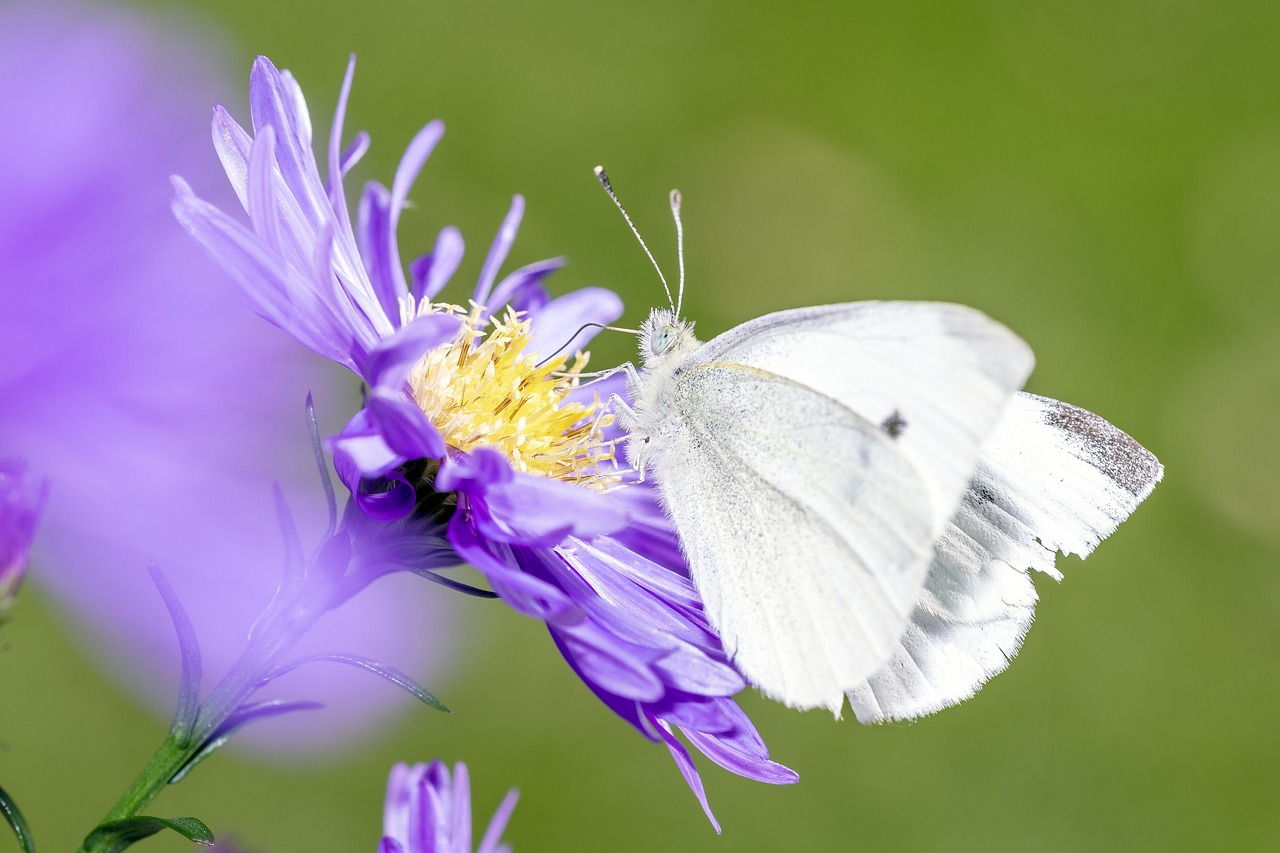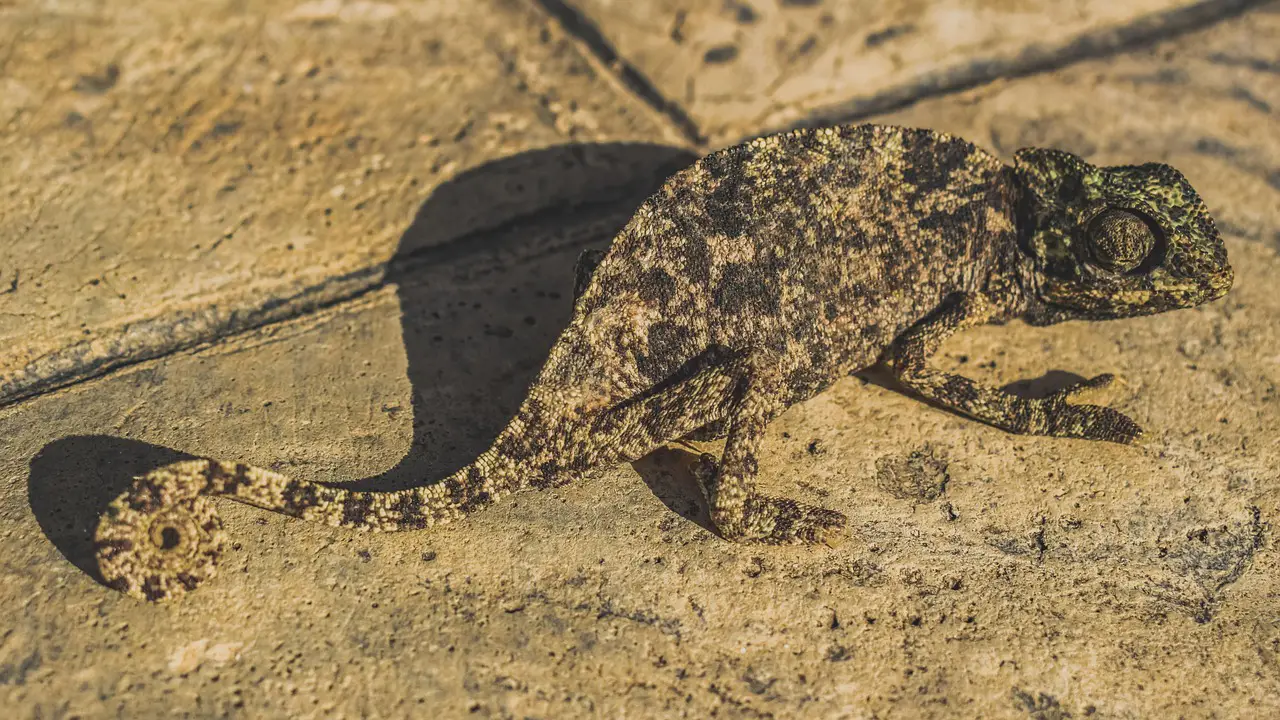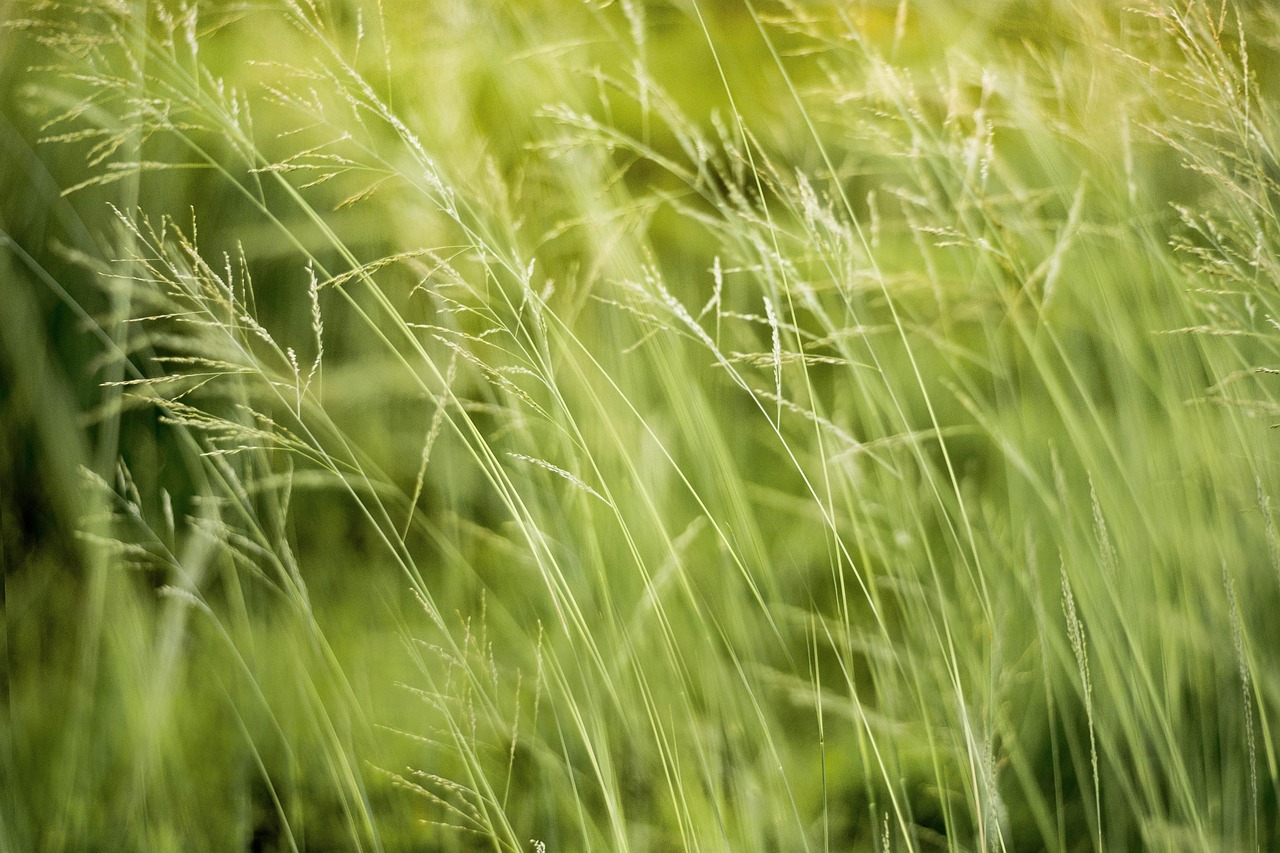Douglas fir trees have evolved several environmental adaptations that enhance their survival in diverse habitats. These adaptations include a deep root system, thick bark for fire resistance, needle-like leaves to reduce water loss, and the ability to withstand cold temperatures.
Understanding Douglas Fir Trees

The Douglas fir (Pseudotsuga menziesii) is a prominent tree species native to North America. It thrives in various environments, from coastal areas to mountainous regions. This adaptability has made it a crucial species in forest ecosystems. The Douglas fir is well-regarded for its durability and strength, making it a popular choice in the timber industry.
These trees can grow over 300 feet tall and live for several hundred years. Their height and longevity contribute not only to their ecological importance but also to their economic value. However, what truly sets the Douglas fir apart are its remarkable adaptations that allow it to survive and flourish in varying climatic conditions.
Key Environmental Adaptations
Douglas fir trees exhibit several key survival traits that enable them to endure environmental stresses. These traits are crucial for their growth and reproduction, especially in changing climates. Below are some of the significant adaptations:
- Deep Root System: The roots of Douglas fir trees can extend deep into the soil, allowing them to access water during dry periods. This adaptation is essential in areas with fluctuating moisture levels.
- Thick Bark: The bark of these trees is thick and fibrous, providing protection against pests and fire. This feature enhances their resilience in fire-prone areas.
- Needle-like Leaves: The leaves of Douglas firs are needle-shaped and coated with a waxy layer. This design reduces water loss through transpiration, which is vital during hot summers.
- Cold Hardiness: Douglas firs are capable of withstanding harsh winters. They can tolerate freezing temperatures, allowing them to thrive in colder regions where other species may struggle.
Ecological Importance
Douglas fir trees play a significant role in their ecosystems. They provide habitat for numerous wildlife species, including birds, mammals, and insects. The dense foliage offers shelter and nesting sites, while the seeds serve as a food source for various animals.
Moreover, these trees contribute to soil health by improving its structure and nutrient content through leaf litter decomposition. Their deep root systems help prevent soil erosion and maintain water quality by stabilizing the soil.
Distribution and Habitat
The distribution of Douglas fir trees spans across several regions in North America. They are predominantly found in the western United States and Canada. The following table highlights key aspects of their habitat preferences:
| Region | Climate | Soil Type |
|---|---|---|
| Pacific Northwest | Mild and wet | Rich, loamy soils |
| Sierra Nevada | Variable with snowfall | Sandy to clay soils |
| Rocky Mountains | Cold and dry | Poorly drained soils |
This diverse range of habitats allows Douglas firs to show remarkable adaptability. Their presence in these regions is essential for maintaining healthy forest ecosystems.
The survival traits of Douglas fir trees not only ensure their individual success but also support the broader ecological framework within which they exist. As climate conditions evolve, understanding these adaptations becomes increasingly important for conservation efforts and sustainable forest management practices.
Physiological Adaptations
The physiological adaptations of Douglas fir trees are crucial for their ability to thrive in diverse environments. These adaptations enable the trees to manage water efficiently, cope with temperature fluctuations, and maximize photosynthesis. Understanding these traits provides valuable insight into their survival strategies.
Water Conservation Mechanisms
Douglas firs have developed several mechanisms to conserve water, which is vital for their survival, especially in regions with limited precipitation. Some of the primary adaptations include:
- Waxy Cuticle: The needle-shaped leaves of Douglas firs are covered with a waxy cuticle that reduces water loss through transpiration. This adaptation is particularly beneficial during dry seasons.
- Stomatal Regulation: The trees can regulate the opening and closing of stomata, small pores on the leaf surface. By minimizing stomatal openings during hot and dry conditions, they reduce water loss while still allowing for necessary gas exchange.
- Deep Root System: As previously mentioned, the extensive root system allows the trees to access deeper soil moisture. This access is essential during prolonged dry spells.
Photosynthesis Efficiency
Efficient photosynthesis is critical for the growth and development of Douglas fir trees. They have adapted their leaf structure to optimize this process:
- Needle Shape: The narrow shape of the needles minimizes the surface area exposed to the sun, reducing water loss while maximizing light capture for photosynthesis.
- Chlorophyll Concentration: Douglas firs have a higher concentration of chlorophyll in their needles, enhancing their ability to absorb sunlight and convert it into energy.
Growth Patterns and Reproductive Strategies
The growth patterns and reproductive strategies of Douglas firs are uniquely adapted to ensure their survival and propagation in various environments. These strategies are essential for maintaining their populations in changing climates.
Growth Patterns
Douglas firs exhibit distinct growth patterns that allow them to adapt to their surroundings:
- Apical Dominance: The trees display strong apical dominance, where the main trunk grows taller than lateral branches. This characteristic allows them to reach sunlight more effectively in dense forests.
- Height Growth: Rapid height growth in early years enables young Douglas firs to outcompete neighboring vegetation for light, which is critical in shaded forest environments.
Reproductive Strategies
The reproductive strategies of Douglas firs further enhance their survival:
- Seed Production: Douglas firs produce a significant number of seeds annually. This high seed output increases the chances of successful germination and establishment in suitable conditions.
- Seed Dispersal: The seeds are equipped with wings that facilitate wind dispersal. This trait allows seeds to travel far from the parent tree, helping populate new areas where conditions may be favorable.
Response to Environmental Stressors
In addition to their physiological adaptations, Douglas firs possess mechanisms to respond effectively to environmental stressors such as drought, pests, and diseases. These responses are vital for their long-term survival.

Drought Resistance
Douglas fir trees have evolved several strategies to cope with drought conditions:
- Xerophytic Traits: The ability to close stomata during dry periods prevents excessive water loss, allowing trees to survive longer without rain.
- Stress Tolerance: These trees can tolerate some degree of water stress without permanent damage, enabling them to bounce back when favorable conditions return.
Pest and Disease Resistance
Douglas firs also have adaptations that help them resist pests and diseases:
- Chemical Defenses: The production of resin acts as a deterrent against insects and pathogens. This sticky substance can trap pests and prevent them from infesting the tree.
- Genetic Diversity: Natural genetic variation within populations allows some individuals to be more resistant to specific pests or diseases, promoting overall population resilience.
These adaptive traits collectively contribute to the Douglas fir’s ability to thrive in diverse environments while facing various ecological challenges.
Interactions with Other Species

The adaptations of Douglas fir trees not only help them survive but also play a crucial role in their interactions with other species. These interactions can be mutualistic, competitive, or predatory, contributing to the overall health of the forest ecosystem.
Mutualistic Relationships
Douglas firs engage in several mutualistic relationships that benefit both the trees and their partners:
- Mycorrhizal Fungi: The roots of Douglas fir trees form symbiotic associations with mycorrhizal fungi. This relationship enhances the tree’s nutrient and water uptake while providing the fungi with carbohydrates produced through photosynthesis.
- Pollinators: The trees produce flowers that attract various pollinators, including bees and butterflies. This interaction assists in the reproductive process of the trees while providing food for the pollinators.
- Wildlife Associations: Many animals, such as squirrels and birds, rely on Douglas firs for food and shelter. These species contribute to seed dispersal, helping maintain and spread Douglas fir populations.
Competition and Adaptation
While Douglas firs benefit from mutualistic relationships, they also face competition from other tree species. Their adaptations help them compete effectively:
- Height Advantage: The ability to grow tall allows Douglas firs to access sunlight more efficiently than shorter competitors. This advantage is crucial in densely forested areas.
- Resource Allocation: Douglas firs can allocate resources effectively to support rapid height growth and lateral spread, helping them outcompete neighboring vegetation for light and nutrients.
Impact of Climate Change
The effects of climate change pose significant challenges to Douglas fir trees, impacting their survival and growth patterns. Understanding these impacts is vital for conservation efforts.
Temperature Changes
Increasing temperatures can affect Douglas firs in several ways:
- Growth Rates: Warmer temperatures can lead to changes in growth rates. While some regions may experience enhanced growth, others may see reduced growth due to stress from heat.
- Pest Outbreaks: Warmer climates can lead to increased pest populations, such as bark beetles. These pests can damage or kill trees, significantly affecting forest health.
Altered Precipitation Patterns
Changes in precipitation patterns further complicate the survival of Douglas firs:
- Drought Stress: Prolonged periods of drought can stress Douglas firs, making them more susceptible to disease and pests. Their ability to withstand drought may be tested as climate conditions become more variable.
- Flooding Risks: Increased rainfall can lead to flooding, which may damage root systems or promote root rot, adversely affecting tree health.
Conservation Efforts
Given the importance of Douglas firs in ecosystems and their vulnerability to climate change, various conservation efforts are underway to protect these trees:
- Sustainable Forestry Practices: Implementing sustainable logging practices ensures that Douglas fir populations remain healthy while meeting human needs for timber.
- Habitat Restoration: Restoring degraded habitats can help re-establish healthy ecosystems that support Douglas firs and other native species.
- Research Initiatives: Ongoing research into the genetics and ecology of Douglas firs aids in understanding their adaptability and resilience, informing conservation strategies.
The interplay between Douglas fir trees, their environment, and other species is complex. Their capacity to adapt to changing conditions is vital not only for their survival but also for maintaining ecosystem balance in the face of environmental challenges.
Future Outlook for Douglas Fir Trees

The future of Douglas fir trees depends on how effectively we can address the threats posed by climate change, habitat loss, and other environmental stressors. As we continue to study these trees and their adaptations, it becomes clear that proactive measures are essential for their preservation.
One significant factor influencing the future of Douglas firs is the ongoing research into their genetics. Understanding the genetic diversity within Douglas fir populations can help identify traits that enhance resilience against pests, diseases, and climate extremes. This knowledge can inform breeding programs aimed at enhancing the adaptability of these trees to future environmental conditions.
Another factor is the importance of maintaining biodiversity in forest ecosystems. Diverse ecosystems tend to be more resilient to changes. By preserving not only Douglas firs but also the myriad species that co-exist with them, we can create a balanced environment that supports the overall health of forest ecosystems. Efforts to promote mixed-species forests can enhance resilience and provide additional benefits such as improved soil health and greater carbon sequestration.
Community Engagement and Education
Engaging local communities in conservation efforts is vital for the long-term success of Douglas fir preservation initiatives. Education programs can raise awareness about the ecological importance of these trees and promote sustainable practices among landowners and forestry professionals. By fostering a connection between people and their local forests, communities can take an active role in protecting these vital resources.
Community-led initiatives, such as tree planting events and habitat restoration projects, empower individuals to contribute positively to their environment. These activities not only enhance local ecosystems but also cultivate a sense of stewardship among community members.
Final Thoughts
Douglas fir trees are remarkable organisms that have adapted to thrive in diverse and often challenging environments. Their physiological traits, growth patterns, and interactions with other species highlight their resilience and importance in forest ecosystems. However, as climate change continues to alter the landscape, these trees face unprecedented challenges.
Conservation efforts dedicated to sustainable forestry, habitat restoration, and community engagement are crucial for ensuring the longevity of Douglas fir populations. By understanding and supporting their unique adaptations, we can foster healthier forests that benefit both wildlife and human communities.
In conclusion, the survival traits of Douglas firs serve as a testament to nature’s ingenuity. As stewards of the environment, it is our responsibility to protect and preserve these magnificent trees and the ecosystems they support. Through collective action and informed conservation strategies, we can help secure a thriving future for Douglas firs in the face of ongoing environmental changes.
